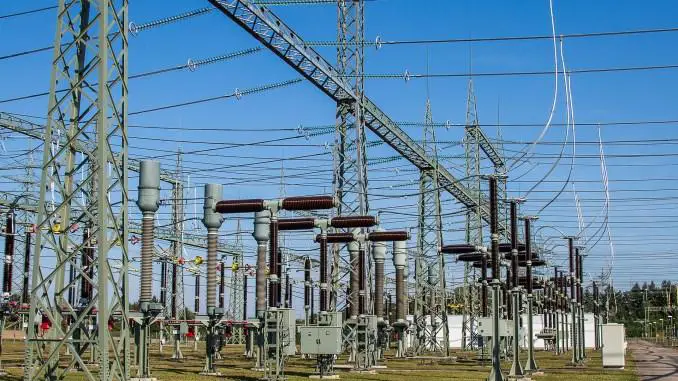- Kenya Power attributes its loss to the impact of a declining currency and a strengthening US dollar amid skyrocketing electricity costs.
- The company’s unrealized foreign exchange losses on power purchases increased from $7.3 million in the last financial year to $34.9 million.
- During the year, power purchases rose from $770 million to $943 million, primarily due to unrealized foreign exchange losses. Finance costs increased significantly by 89%, from $83 million to $158 million, mainly driven by the depreciation of the Kenyan shilling.
Utility Kenya Power has reported a net loss of $21 million for the year ending June 30, 2023, attributed to the impact of currency fluctuations and the strengthening of the dollar amidst soaring electricity costs.
During the review period, unrealized foreign exchange losses on power purchases increased from $7.3 million in the previous financial year to $34.9 million. This was a result of the depreciation of the Kenyan shilling against the US Dollar and Euro, the currencies in which most power purchase agreements are denominated.
Kenya Power Board Chairperson, Joy Masinde, stated that power purchase increased from $770 million to $943 million, mainly due to unrealized foreign exchange losses. Additionally, finance costs rose significantly by 89 percent, from $83 million to $158 million, primarily driven by the depreciation of the Kenyan shilling against major international currencies.
Kenya Power operating costs
“To improve the company’s financial position in the medium term, the Board is spearheading the process of restructuring the balance sheet. This will involve the commercial transfer of part of the transmission assets to the Kenya Electricity Transmission Company (KETRACO) for an equivalent market value, which will be netted off the company’s on-lent forex loan portfolio. Once implemented, the balance sheet restructuring will significantly reduce the company’s forex exposure and ease cash flow pressure in the short term,” Masinde explained.
Despite financial constraints, the firm connected additional customers, increasing the total number from 8.9 million to 9.2 million as of the end of June 2023. The growth in the number of customers contributed to a 4.4 percent increase in electricity sales, from 9,163 GWh the previous year to 9,567 GWh.
This resulted in a revenue increase from electricity sales, growing by 21 per cent from $1 billion to $1.2 billion.
“The Board has provided oversight to ensure prudent resource management, enhanced business efficiency, improved employee productivity, and better service delivery to customers. Due to prudent cost management and improved business efficiency, operating costs reduced by $13 million from $242.9 million to $229.9 million,” Masinde said.
On the other hand, Kenya Power’s provisions for electricity debt and other receivables rose by $21 million, primarily due to an increase in unsettled customer debts during the year under review.
Read also: Harnessing wave energy to fix Africa’s electricity crisis
Cost-reflective electricity tariff
The company has developed a new Strategic Plan for 2023/24 – 2027/28, aimed at transforming Kenya Power into one of the best-performing utilities in Africa.
To bolster employee equity and productivity, the Board endorsed the translation of terms for various employees on short-term contracts to longer-term contracts and facilitated the onboarding of additional technical workforce to reinforce the company’s field operations.
The current Board also supported the company’s quest for a cost-reflective electricity tariff, which was approved by the Energy and Petroleum Regulatory Authority (EPRA) in April 2023. The company states that the new retail tariff is necessary for the financial sustainability of the business and the energy sector at large, despite public outcry about high electricity costs.
“Our strategy focuses on key business priority areas: reducing system losses by identifying and fixing the areas where we are losing energy and investing in the network to ensure it remains resilient, reliable, and poised to meet the evolving needs of our customers,” Masinde noted.
In the period under review, the cost of electricity in Kenya has soared by 67 per cent, with consumers in the lower electricity consumption feeling the impact.











